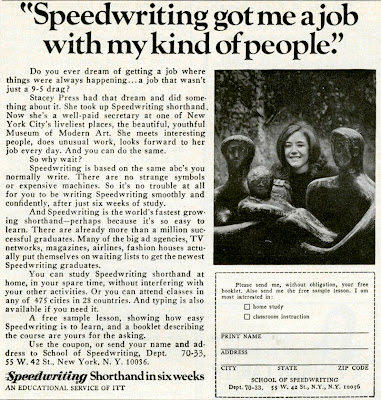I have to warn you that I'm having to control myself with this post because it could be so snarkalicious. There's something about self-promoters who are, well...just promoting themselves. I don't have a problem with someone promoting themselves if they provide a needed service to humanity, even something as seemingly empty as being a rock star. That said, I have always had a problem with disc jockeys thinking they are more than they are. Sort of like news anchors who actually somehow believe they are part of the news and not just paid to sit and read it.
So, restraining myself, I present to you Lord Tim, English Disc Jockey.
This vintage magazine ad is from the February 1967
Teen.
 Click on image to see it larger.
Click on image to see it larger.
Now I do remember Lord Tim, but not for any particular reason other than he was just another name bandied about in the '60s because he was British and lived in L. A. He's not a Lord in any manner, shape, or form as far as I can tell. This is just another one of those annoying titles people stick on the front of their name without ever actually achieving the basic standards to carry the title. For Lord Tim it was and is a marketing device. Then again, perhaps the Queen gave him the title for...ummmm...some reason. I don't know.

If you want to read about Tim Hudson, born in Prestbury, Cheshire, England in 1941 view the
Wikipedia page. And if you need more information about Lord Tim and his current life visit
his website. Yes, he has a website where he shares glowing words about himself and his art.
My question is did anyone actually win the promised trip promoted in this ad? And what became of this company, Hollywood Happenings? How many kids sent in their money hoping to get free records and photos and then found it was a fly by night outfit? Or was it a company that provided ongoing service for years to come?
So if someone out there in the world has fond memories of tooling around London or Hollywood with a friend and Lord Tim as a result of this contest I'd love to know about it. I need to dig out some more old
Teen magazines to see how often Hollywood Happenings ran this or any ad. So far I haven't found anything online that provides information about the company.

It's all just so groovy, luv.
Actually I think there's an opportunity for a very funny movie about this. It's rife with possibilities!






























































